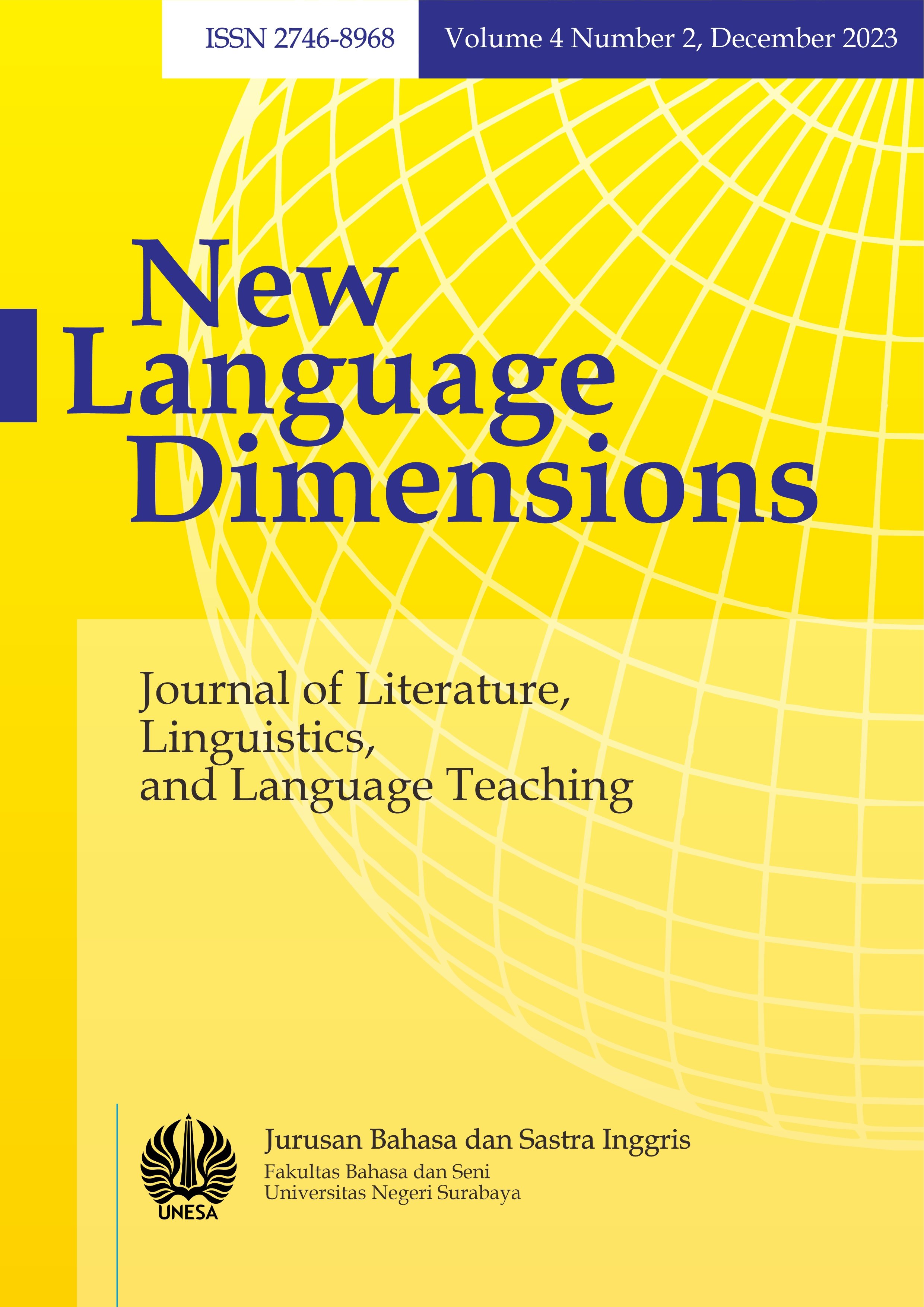Critical Discourse Analysis on Male Product Advertisements
DOI:
https://doi.org/10.26740/nld.v4n2.p127-138Keywords:
Advertisements, beauty, ideology, male's product, menAbstract
Beauty standard ideology or belief which is traditionally popularized by and through makeup products advertisement for women is not only influencing women across the globe but is now normalized in male products advertisements as well which convinces them to buy the product and which also has an impact on men’s belief of what an ideal masculine man is supposed to be. This study aims to find the “real man” standard ideology in male product advertisements. Moreover, the critical discourse analysis three-dimensional framework by Fairclough is applied in this research to show the “real man” ideology that is presented in male product advertisements especially the ones on social media where the latest ads can be found. Furthermore, we use descriptive qualitative research in analyzing and explaining 6 male products with a variety of types and brands. Data collection was carried out with structured interviews and advertisement observations. The findings of this study indicate that male product is very important to meet the main needs in overcoming problems in men. In addition, the main factor that is the reason for men to use male products is the demands of work or self-care, which is a representation of one's identity. According to the findings of this study, advertised men's products contain linguistic features that create ideology and manipulation for men, causing them to be interested in purchasing and using these products. Furthermore, men use these products because of stereotypes and public criteria for the appearance of a manly man.
Downloads
References
Alam, M. (2021). Glorification of masculinity in the advertisements of kool shaving cream/foam: a critical discourse analysis. Language Circle Journal of Language and Literature, 16(1), 89-99. https://doi.org/10.15294/lc.v16i1.29474
Fairclough, N., Fairclough, I., Mulderrig, J., & Zotzmann, K. (2021). Language and power: Essays in honour of Norman Fairclough.
Mafra, A., Castro, F., & Lopes, F. (2018). Socioeconomic level and self-perception as a romantic partner in a university setting. Temas Em Psicologia, 26(4), 2157-2166. https://doi.org/10.9788/tp2018.4-16en
Sarwono, B. K., & Fayardi, A. O. (2018). The construction of masculinity in male facial care product advertisement. E3S Web of Conferences, 74, 10010. https://doi.org/10.1051/e3sconf/20187410010
Statista. (2023, January 10). U.S. consumers who purchased products after seeing an internet ad in 2017, by age. https://www.statista.com/statistics/759969/us-consumers-age-purchased-product-after-seeing-online-ad/#:~:text=According%20to%20the%20study%2C%2051%20percent%20of%20resp%09ondents,65%20years%20and%20older%20who%20said%20the%20same
Tahmasbi, S., & Kalkhajeh, S. G. (1970, January 1). Critical discourse analysis: Iranian banks advertisements. Asian Economic and Financial Review. https://econpapers.repec.org/RePEc:asi:aeafrj:v:3:y:2013:i:1:p:124-145:id:981
Van Dijk, T. A. (1995). JAPANESE DISCOURSE. In John Benjamins Publishing Company (Vol. 1, Issue 1). https://discourses.org/wp-content/uploads/2022/07/Teun-A.-van-Dijk-1995-Aims-of-critical-discourse-analysis.pdf
Van Dijk, T. A. (2012). Ideology and Discourse. In Literary Theory. Ariel. https://discourses.org/wp-content/uploads/2022/06/Teun-A.-van-Dijk-2012-Ideology-And-Discourse.pdf
Downloads
Published
Issue
Section
 Abstract views: 501
,
Abstract views: 501
, PDF Downloads: 597
PDF Downloads: 597











